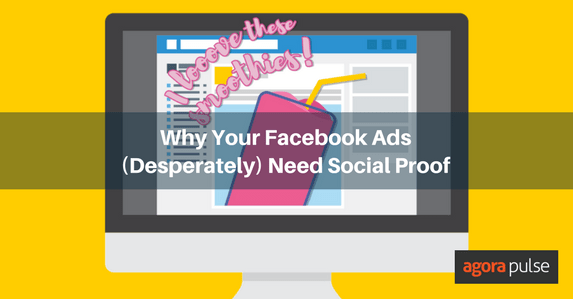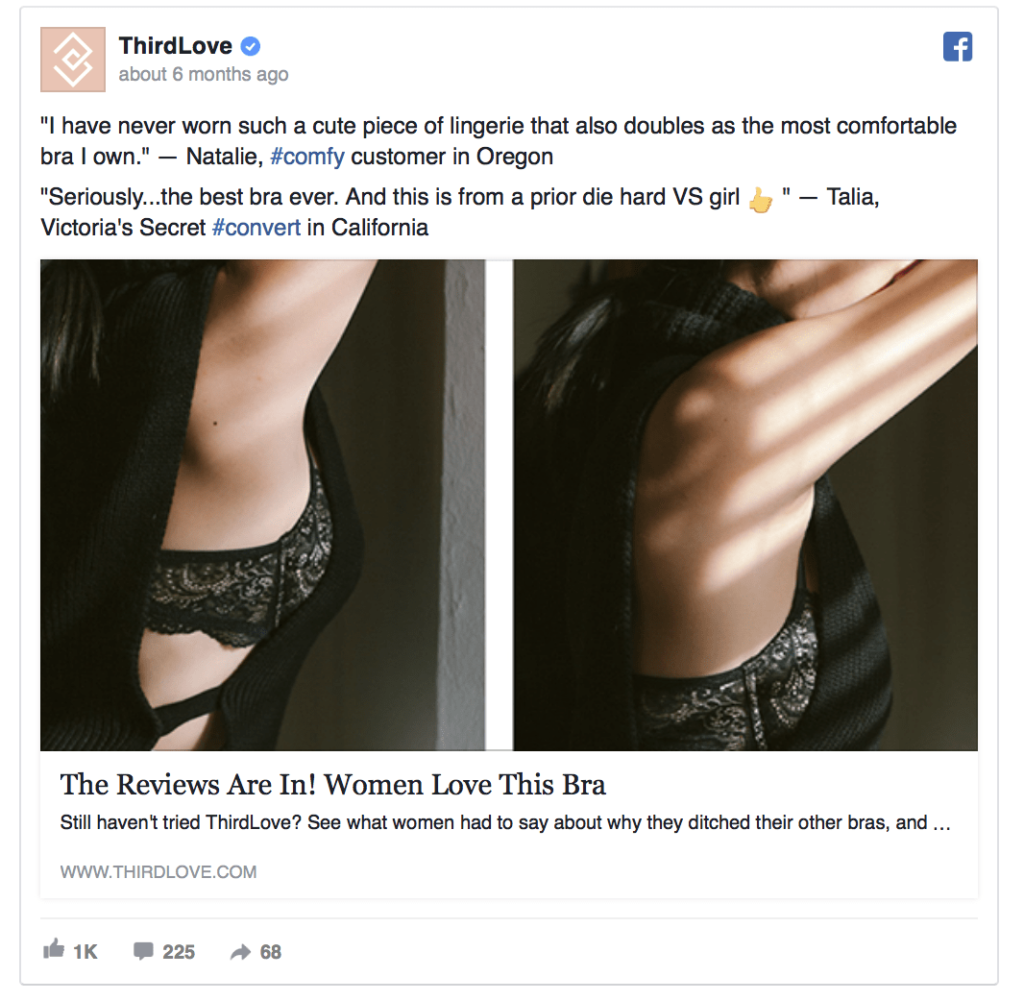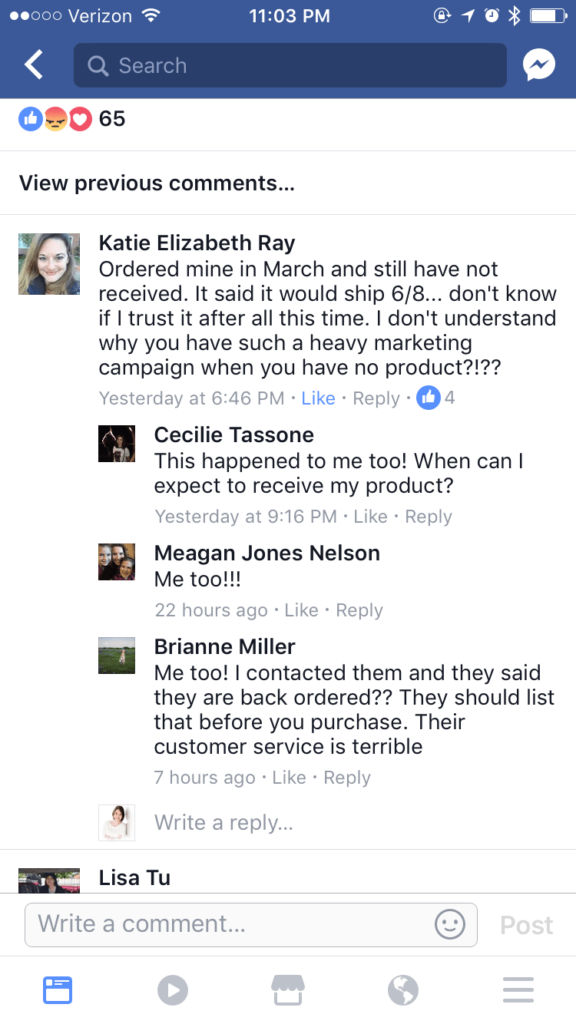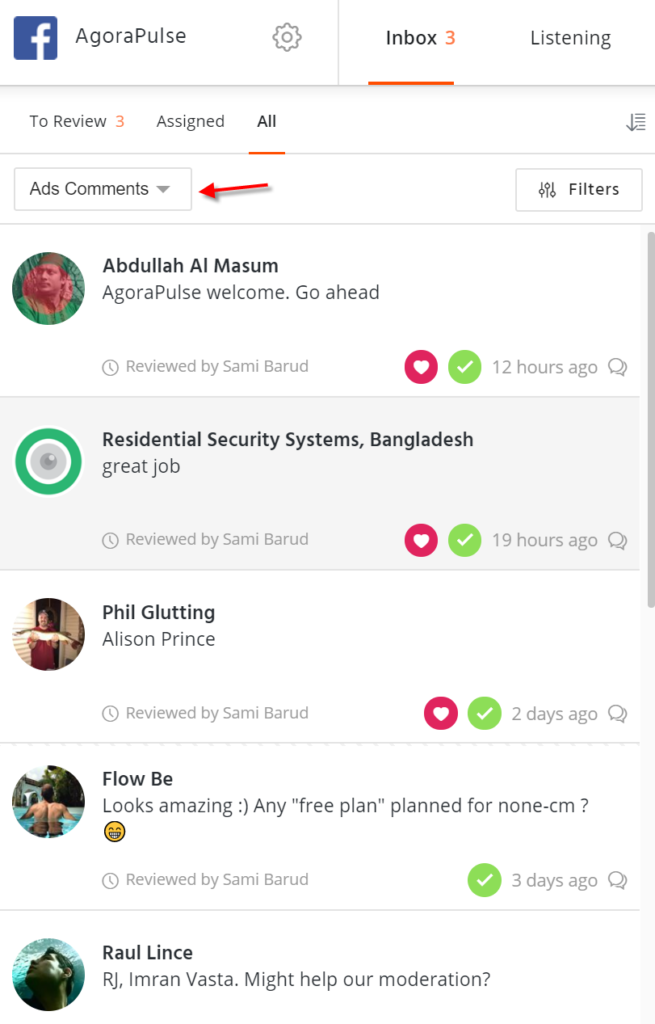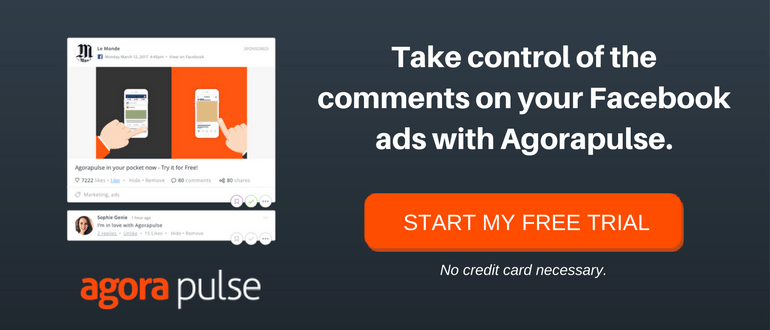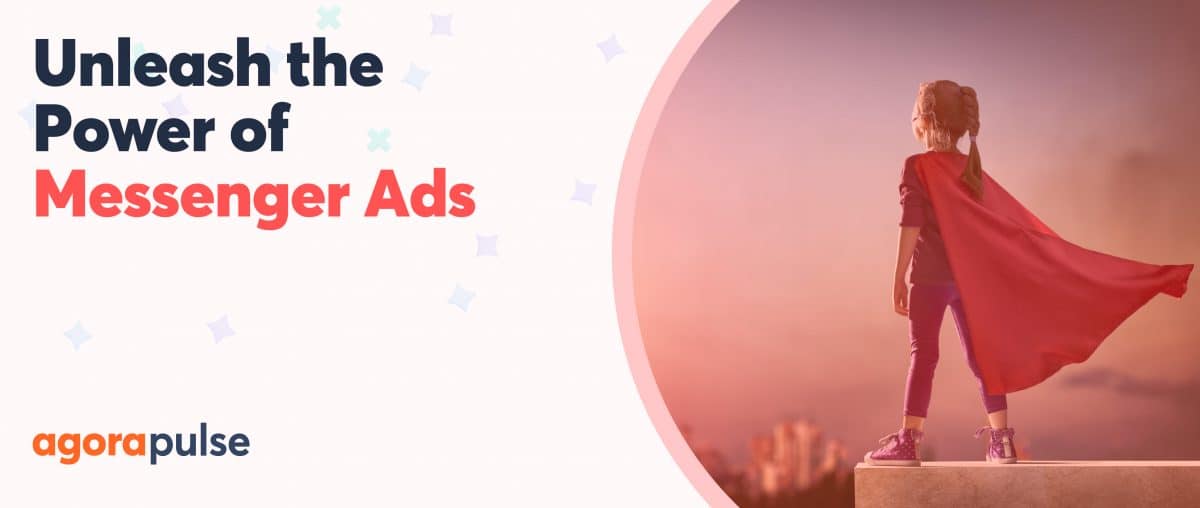When you’re online researching a potential purchase, what’s the one thing you almost always make sure you do first?
If you’re like about 9 in 10 customers, you’re going to go looking for online reviews created by actual customers.
Thanks to the widespread nature of social media, there’s more interaction on all of our content than ever before. This includes our social ads.
Now, when a user sees the ads you run on Facebook, they take everything into consideration—including how many other people seemed to like your ad before they ever saw it. None of us do this consciously, but we all look for signs that other people liked the ad before we saw it. What we’re looking for here is social proof.
Social proof is public social engagement that other users can see. This includes likes (or other reactions), comments, and shares of your ad. It can also include adding user generated content to the actual ad itself. These small interactions can matter just as much as the ad copy when it comes to gaining more conversions, and we’re going to take a closer look at why.
Why Your Facebook Ads Need Social Proof
If you see a Facebook ad with fifty positive comments (even from people who haven’t tried it yet) and a few hundred likes, you’ll probably be more likely to pay attention to the ad than if it only had two likes and one comment that was hidden as spam.
The reason why is simple.
While we may not always like to admit it, there’s something of a hive mind mentality on social media thanks to the surge of FOMO (fear of missing out). Customers want to know what the next big thing is. And if one ad got 400 likes, they want to know why, and they’re ready to like it, too.
If there are reactions aside from likes, that only sweetens the deal; they want to know what’s funny, shocking, or infuriating so they can laugh, be stunned, or be enraged, too.
User generated content (UGC) is the most persuasive type of content our businesses can obtain, largely thanks to the fact that it’s seen as the most authentic and trustworthy. Social proof works on the same concept; users trust another brand more if they have plenty of engagement from the users who came before them. That trust translates directly into clicks and conversions.
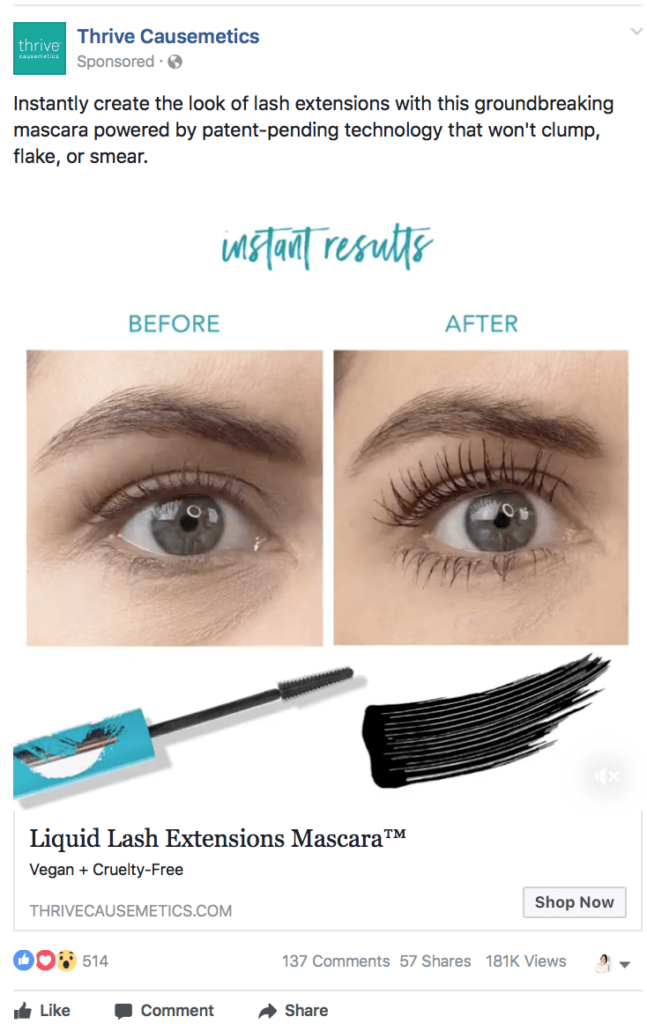
We automatically will pay more attention to an ad with an abundance of social proof than an ad with none.
This is why Facebook Ads with some sort of social proof had 300% more conversions, and 50% lower CPAs and CPCs.
In addition to the obvious appeal that social proof provides to other users, social proof has an additional behind-the-scenes benefit, too. All that engagement happening on your post boosts your relevance score. This gives you higher priority in the ads bidding system and can lower the cost of your ads.
How to Get Social Proof on Facebook Ads
Want to amp up the social proof on your Facebook Ads?
One of the easiest ways to use social proof on your Facebook Ads is to take customer reviews or UGC and make it the bulk of your ad copy. Even though this won’t be likes and comments on the actual ad, it still shows that you have great customer testimonials. Since the key of social proof is showing users than other customers love you, this is a great strategy to use.
Another great strategy revolves around keeping the social proof that you already have on one ad, and utilizing it again in another campaign. Basically, because all Facebook Ads can be viewed as actual posts, you can continue to curate social proof on it for a long period of time. Then, once the social proof is high, you can create another ad campaign with it for a new audience, which will start off with all those likes and ads. The video below from James Grandstaff is an excellent tutorial on how to do this.
Actively managing and engaging with social proof on your ads is also essential to increasing the amount of social proof you have and shaping how it affects conversions. Which brings us to our next section of this post…
Managing Social Proof
You definitely want lots of engagement on your Facebook Ads, which creates social proof. While lots of social proof can typically good, the last thing you want is a few comments to incite an angry mob on your Facebook Ad—and that can happen a lot sooner than you’d think.
Today, I saw a Facebook Ad for a hair product featured on Shark Tank, trying to increase orders. As it turns out, the company has a massive delay on their orders—with backups on orders all the way from March.
Some of these backed-up orders saw the ad, and were not happy that they were trying to get more sales. Instead of jumping in and letting everyone know that their orders will be fulfilled soon, the company was nowhere to be seen. The negative comments worked their way into the hundreds, making them impossible to miss—or to dismiss. It almost definitely cost them sales.
Agorapulse’s monitoring software allows you to see every single comment on every single Facebook Ad. This allows your team to keep the social proof moving in the direction you want it to go. This can help you increase conversions, and show potential and current customers that you’re invested in them, too.
As an added perk, the more you engage, the higher your comment count will go. Even though this is technically superficially inflating that number, all most users will see is a bigger comment number when they see your ad. This works in your favor.
Final Thoughts
Social proof is one of the most powerful selling tools that you can have; in many cases, it can often be more persuasive than the actual ad itself.
By focusing on strategies to increase and manage social proof on your ad campaigns, you can count on seeing more conversions. Our customers are also our best salespeople too, after all, and having them singing their praises on our ads is the best marketing we could ever get.
Want to dig deeper into your Facebook analytics. Our free AdsReports tool lets you see what’s working and what’s floundering.
